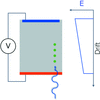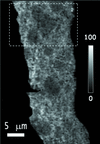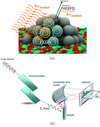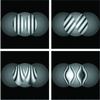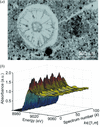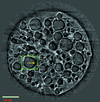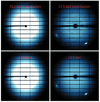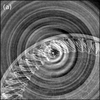issue contents
September 2014 issue
Special issue on Diffraction-Limited Storage Rings and New Science Opportunities
Guest Editors: Mikael Eriksson and J. Friso van der Veen

Cover illustration: Artistic impression of the new MAX IV facility, currently under construction in Lund, Sweden, and one of a new generation of storage-ring-based synchrotron light sources employing a multibend achromat lattice to reach emittances in the few hundred pm rad range in a circumference of a few hundred metres. This special issue on Diffraction-Limited Storage Rings (DLSRs) contains 22 articles connecting recent advances in accelerator technology with the new science that can be done at upcoming and future DLSRs (see the summary by Eriksson, van der Veen and Quitmann, pages 837-842). [Image courtesy of FOJAB arkitekter.]
facility information
diffraction-limited storage rings

 access
access access
access access
access access
access access
access access
access access
access access
access access
access access
access access
accesslead articles

research papers
 access
access access
access access
access access
accessThe Beijing Synchrotron Radiation Facility transmission X-ray microscope reveals the internal three-dimensional microstructure and functional parameters of poly(lactic co-glycolic acid) microspheres.
 access
accessbeamlines
computer programs
laboratory notes
current events



 journal menu
journal menu
































